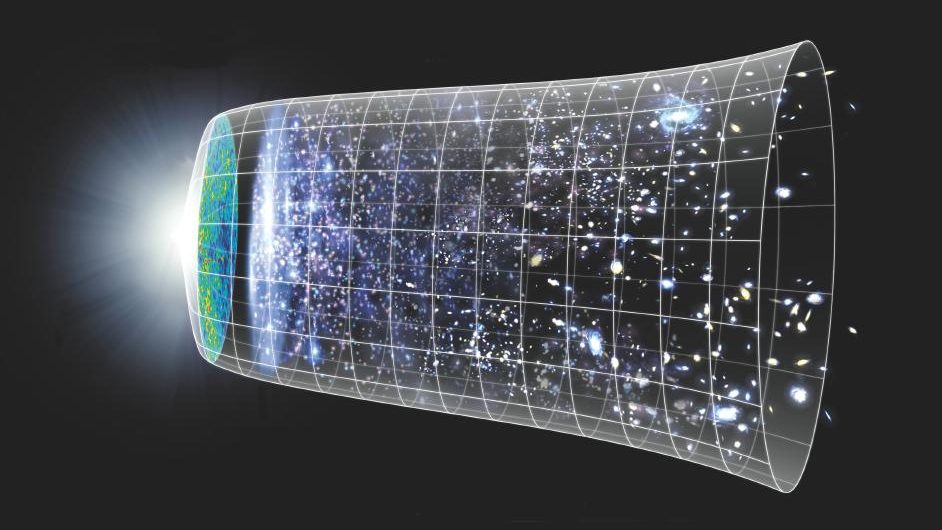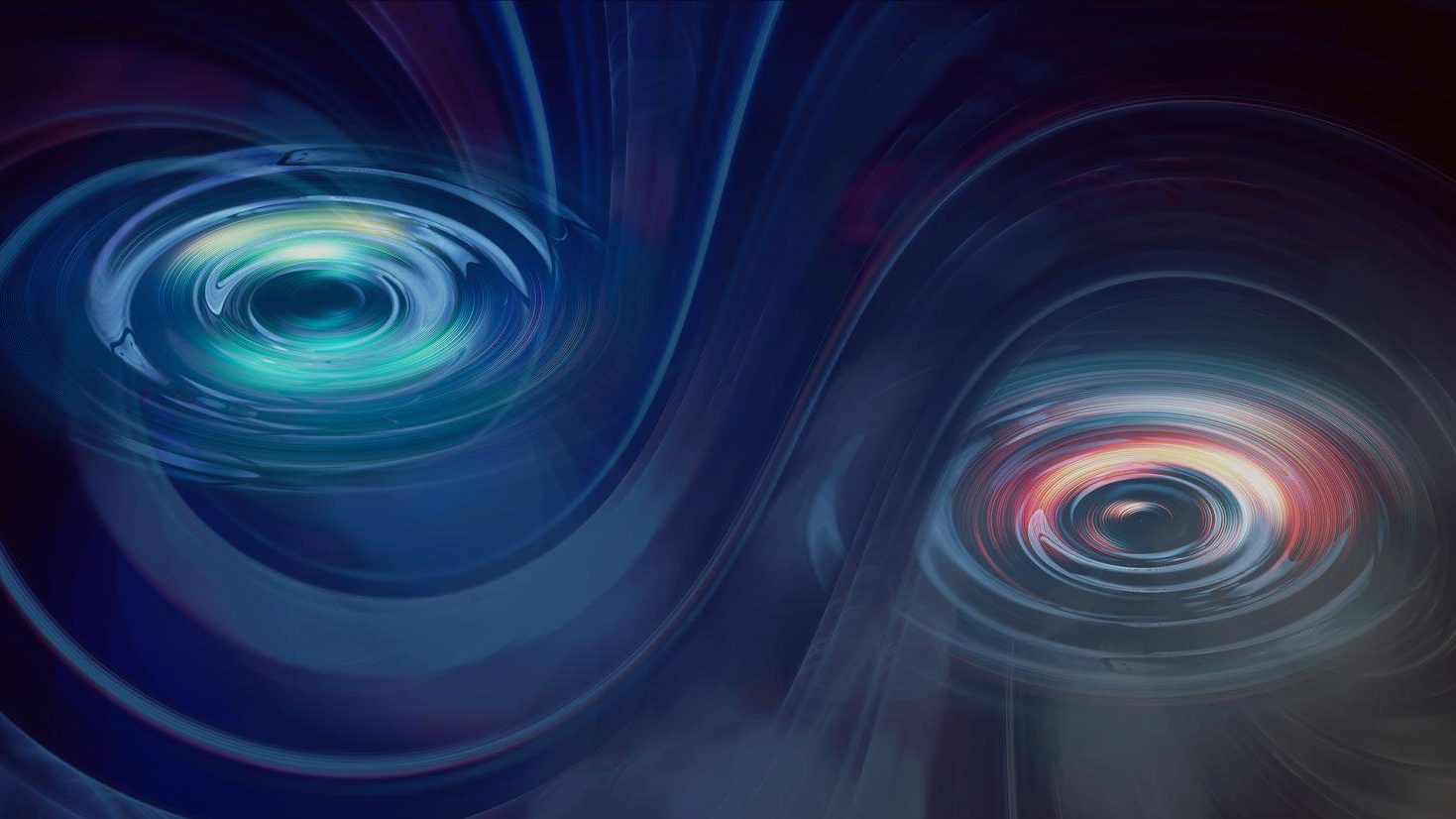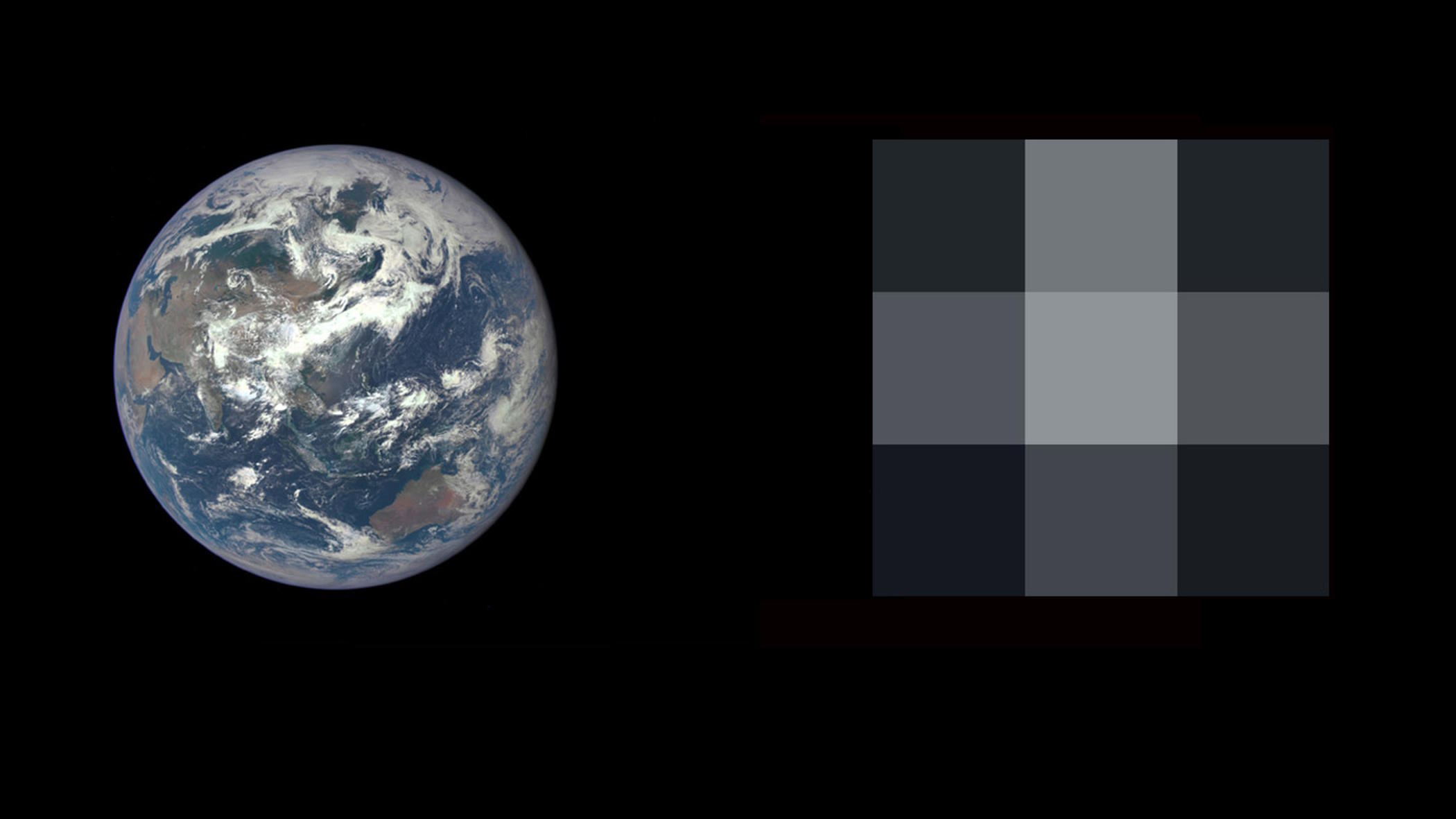
The Universe is out there, waiting for you to discover it.
Our mission: to answer, scientifically, the biggest questions of all.
- What is our Universe made of?
- How did it become the way it is today?
- Where did everything come from?
- What is the ultimate fate of the cosmos?
For countless generations, these were questions without resolutions. Now, for the first time in history, we have scientific answers. Starts With A Bang, written by Dr. Ethan Siegel, brings these stories — of what we know and how we know it — directly to you.
Get Starts With A Bang in your inbox
Featured
Why power generated through nuclear fusion will be the future, but not the present, solution to humanity’s energy needs.
It’s a strange idea to consider: that a tiny building block of matter, the atomic nucleus, holds the greatest potential for energy release.
And yet, it’s true; while electron transitions in atoms or molecules typically release energy on the order of ~1 electron-Volt, nuclear transitions between different configurations release energies a million times as great, on the order of ~1 Mega-electron-Volt.
Popular
From before the Big Bang to the present day, the Universe goes through many eras. Dark energy heralds the final one.
A wild, compelling idea without a direct, practical test, the Multiverse is highly controversial. But its supporting pillars sure are stable.
The surface and atmosphere is colored by ferric oxides. Beneath a very thin layer, mere millimeters deep in places, it’s not red anymore.
The first supernova ever discovered through its X-rays has an enormously powerful engine at its core. It’s unlike anything ever seen.
Just 13.8 billion years after the hot Big Bang, we can see 46.1 billion light-years away in all directions. Doesn’t that violate…something?
All Stories
It’s the best-known transcendental number of all-time, and March 14 (3/14 in many countries) is the perfect time to celebrate Pi (π) Day!
We can’t go back to the Big Bang, nor ahead to the heat death of the Universe. Nevertheless, here are today’s natural temperature extremes.
Somewhere out there in the Universe is the heaviest neutron star, and elsewhere lies the lightest black hole. Where’s the line between them?
Two very different ideas, wormholes and quantum entanglement, might be fundamentally related. What would “ER = EPR” mean for our Universe?
Even with quantum teleportation and the existence of entangled quantum states, faster-than-light communication still remains impossible.
Left to their own devices, yeast cells will consume all available resources and poison themselves to death. Is humanity smarter than that?
The zero-point energy of empty space is not zero. Even with all the physics we know, we have no idea how to calculate what it ought to be.
What kind of object will you form? What will its fate be? How long will a star live? Almost everything is determined by mass alone.
If stars don’t go supernova at first, they can get a second chance after becoming a white dwarf. But can their companions survive?
In our Solar System, even the two brightest planets frequently align in our skies. But only rarely is it spectacularly visible from Earth.
If you’re a massless particle, you must always move at light speed. If you have mass, you must go slower. So why aren’t any neutrinos slow?
Unless you confront your theory with what’s actually out there in the Universe, you’re playing in the sandbox, not engaging in science.
JWST’s revolutionary views arrive in high-resolution at infrared wavelengths. Without NASA’s Spitzer first, it wouldn’t have been possible.
Dark energy is one of the biggest mysteries in all the Universe. Is there some way to avoid “having to live with it?”
Protons and neutrons are held together by the strong force: with 3 colors and 3 anticolors. So why are there only 8 gluons, and not 9?
Nobel Laureate Roger Penrose, famed for his work on black holes, claims we’ve seen evidence from a prior Universe. Only, we haven’t.
An incredible composite image of Pandora’s Cluster, Abell 2744, simultaneously showcases both our impressive knowledge and vast ignorance.
The glorious sights that JWST keeps revealing are less than a millionth of the whole Universe. Just imagine what else is out there.
Since its observation discovery in the 1990s, dark energy has been one of science’s biggest mysteries. Could black holes be the cause?
Are quantum fields real, or are they simply calculational tools? These 3 experiments show that if energy is real, so are quantum fields.
Even if a balloon flies directly overhead, attempting to shoot it down with a conventional firearm is stupid, ineffective, and dangerous.
The secret ingredient is violence, and it just might indicate that “moonmoons” aren’t as uncommon as most astronomers think.
Generations ago, cosmologists asserted that the Universe might not just be the same in all directions, but at all times. But is that true?
A fascinating 90 minute podcast between Dr. Ivanna Escala and Ethan Siegel on Starts With A Bang!
From the earliest stages of the hot Big Bang (and even before) to our dark energy-dominated present, how and when did the Universe grow up?
The combination of charge conjugation, parity, and time-reversal symmetry is known as CPT. And it must never be broken. Ever.
If it weren’t for the intricate rules of quantum physics, we wouldn’t have formed neutral atoms “only” ~380,000 years after the Big Bang.
NASA has finally chosen which flagship mission, like Hubble and JWST, will launch in ~2040. Detecting alien life is now a reachable goal.
19 years ago, the Bullet Cluster provided an empirical proof for dark matter. Even today, modified gravity still can’t explain it.
In general relativity, white holes are just as mathematically plausible as black holes. Black holes are real; what about white holes?






































